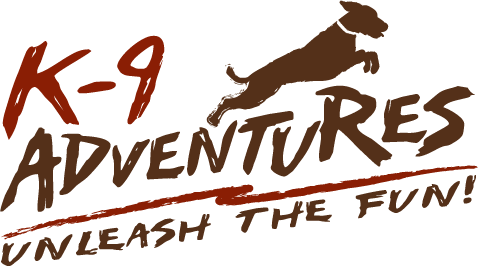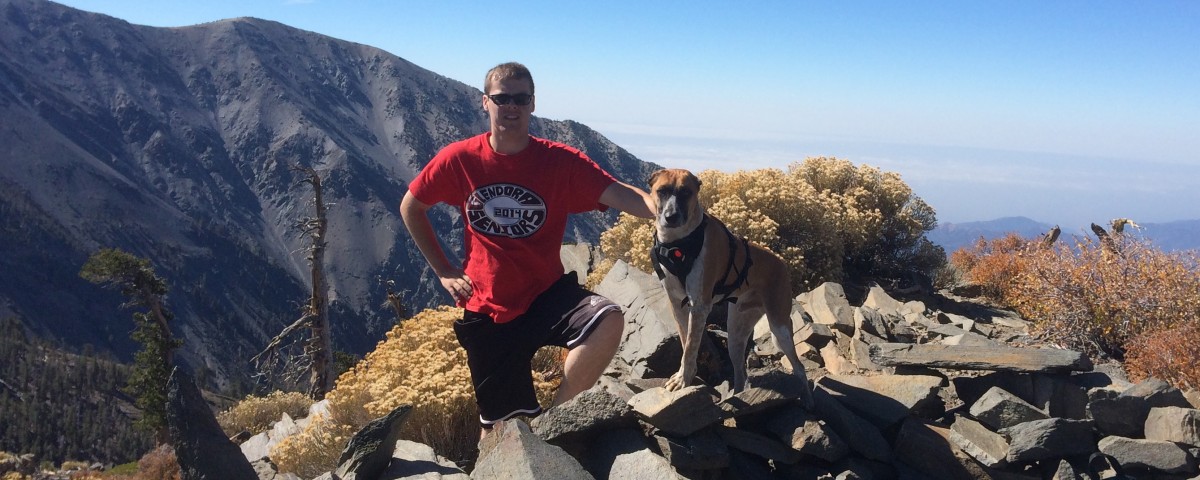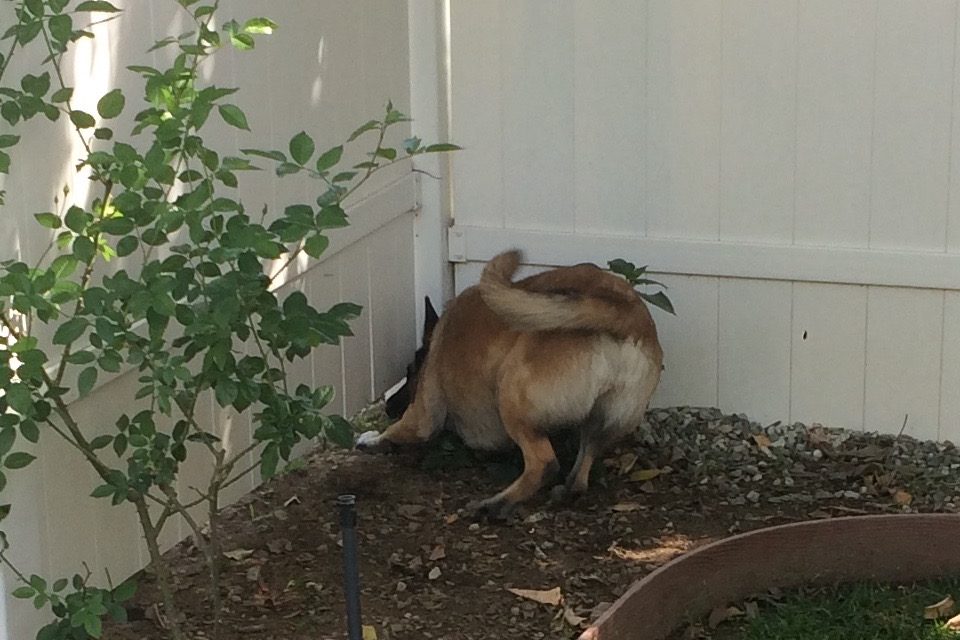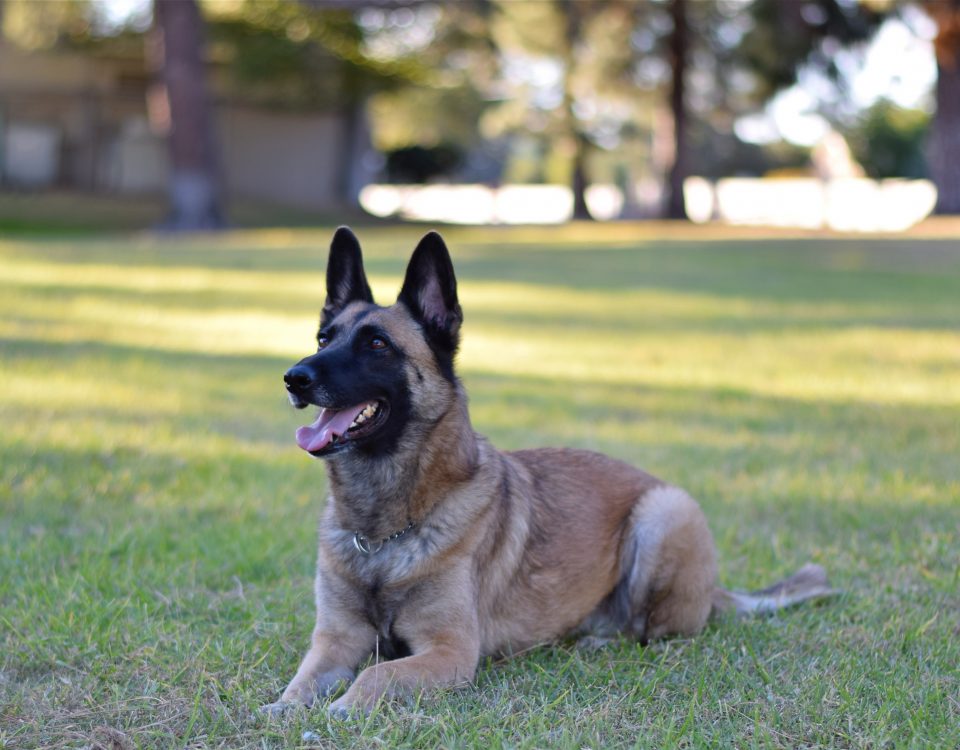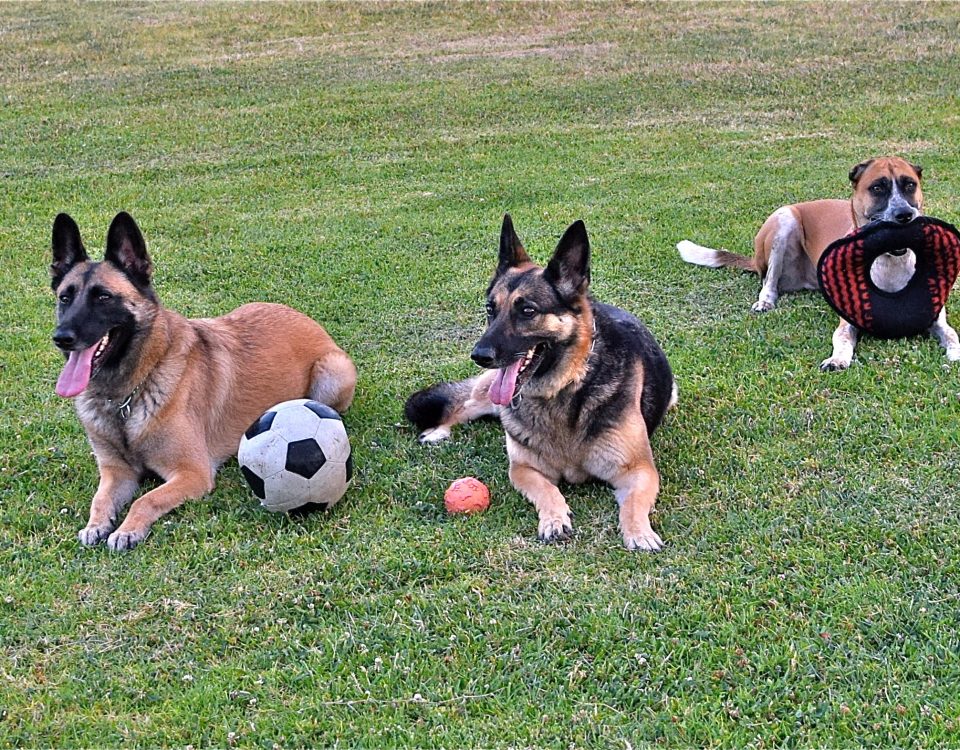My Philosophy on Training a Dog
Hi! I’m Dave Guild, and in this short article I would like to outline my philosophy on dog ownership and training. A quick reading of my bio, found on this website, might help as it will show what has influenced my past. It is also very important to have a clear understanding of the terminology that we use. The words “ownership” and “training” mean basically the same thing. The word “training” implies that the dog is learning, and when you own a dog, he is learning every moment he is awake. You may or may not be participating in the process, but when you own a dog, he is always learning. This is why the words “training” and “ownership” are so closely linked.
Before one can present a comprehensive plan on properly owning and training a dog, it is important to first understand the nature of the dog, how he understands us, and how we can make sense to him as we strive to train him to be the best that he can be.
First of all, the dog is a social, pack animal. This means that he is genetically “programmed” to be part of a social unit called a pack, or to use our human terminology, a family. He wants to belong and he wants to bond. The pack instincts in the domesticated dog are strong and they run deep. This is seen in almost every behavior that he exhibits, from the social bond and affection he craves to the aggressiveness he will show while protecting family and territory. There are two things that jump out at us as we observe this pack behavior. First of all is the simple acknowledgement that he is, in fact, a pack animal. Secondly we will notice that every pack has a Leader. This brings us to the first important fact that needs to be understood for successful dog training to occur.
Fact #1 The dog is a social, pack animal and his pack must have a Leader.
When a new dog – whether a young puppy with a “clean slate” or an adult dog rescued from a horrible past – comes into your house, he immediately begins to evaluate his new environment as well as those in his new environment. He wants to know who you are and what you represent to him. He also wants to know how he is supposed to act (or what he can get away with) and if there are any demands or restrictions that will be placed upon him. He will want to know if he should fear you, ignore you, push you around, have fun with you, dominate you, or gain security and trust from you. These are all behaviors that happen as the dog tries to find his place in his new family.
Establishing yourself as the Leader is a must if you want to train your new puppy or dog to any real level of control, and the steps to having yourself acknowledged as the Leader by your dog are the most important steps you will take as a dog owner. Many new owners are taught that immediate dominance through obedience training is the first step towards good leadership. This couldn’t be further from the truth. Leadership is introduced to the new puppy or dog in a number of ways throughout the course of every day, and your dog is figuring out if you are worthy of Leader status before you hook your leash onto him and begin your first “obedience session”.
We use what we call the “Leaderboard” to determine where the owner fits into the pack in the eyes of the dog. Everything that goes on during the course of the day, from how he is fed to what he is doing when you are gone, needs to be looked at in order to determine who really is in charge. We call this “Managing the Whole Day.” Training a dog will not be successful or complete if all we do is snap on the training equipment for 30 minutes a day and teach him to sit and stay. In order to be a fair and good Leader we need to structure the day so that our dog has a very clear understanding as to who we are, what is expected of him, and who is really in charge of the day. This brings us to the second important fact necessary to good training.
Fact #2 We need to manage the day.
Next, we must understand what makes the dog “tick”. What drives him? Why do some dogs want to chase everything they see while others are content resting in the yard all day long? Why do some crave attention from everyone they meet while others want to attack everyone on sight? And why is it that some dogs jump out of their skin when the trash truck goes by while others sleep through the 4th of July fireworks? It is necessary to understand that he brings with him an inherited temperament that will not change. We need to learn about his social drive, his “go and get” drives, and his defense drive. How sensitive is he? How solid is he? When confronted with new or stressful situations, what drive will dominate him? There are many facets to his temperament, and all of them are inherited. In short, we need to become a student of our puppy or dog. This brings us to the third important fact in successful dog training.
Fact #3 We need to know our dog.
A big part of managing the whole day is going to be the way that your dog learns to burn off his daily allotement of energy. The level of drive, or energy, that he has was already genetically determined when he was born. It will be your job (the job of the Leader) to give him correct and sufficient ways to express his drive. It is important that this exercise be done in a way that builds the relationship between dog and Leader. A failure to do this will be a near guarantee for failure. Plain and simple, the owner who gets a high drive dog and then doesn’t provide enough correct exercise for his energetic dog is not only showing poor leadership skills, he shouldn’t have the dog in the first place. This is the fourth important fact needed for good dog ownership and training.
Fact #4 We must have a willingness to provide him with sufficient and correct exercise – for life.
When it is time to snap on leash and collar and begin training, it is critical that our dog is able to figure out what it is that we want from him. For a rescued dog with high drive and a bad past, this initial obedience work can easily and quickly lead to an all out fight if he doesn’t understand what it is that we want. While the “template” we build into the dog’s training is always done in a similar, consistent way, flexibility must exist. Some dogs require more of the disciplined routine learned in formal obedience work while others flourish with more motivational training. Done correctly, a training program that includes structure, discipline, correct play, and properly applied motivational training will have fantastic results. Most dogs need to have constant challenges, and a good obedience program will keep your dog focused, challenged, and motivated. And when we manage the day properly, obedience training is just a logical extension of the rest of the day. This brings us to the fifth important fact needed for good training.
Fact #5 We need an obedience program that causes our dog to flourish.
Before we get going with our new dog, let’s review the five important steps that need to be taken in order for our training to succeed.
Fact #1 The dog is a social, pack animal and his pack must have a Leader.
Fact #2 We need to manage the day.
Fact #3 We need to know our dog.
Fact #4 We must have a willingness to provide him with sufficient and correct exercise – for life.
Fact #5 We need an obedience program that causes our dog to flourish.
Once these steps have been taken, we are almost ready. Just one more thing to talk about. Any cursery examination of a litter of puppies growing up with Mom will reveal many aspects of behavior related to the pack. One of these behaviors brings to the surface perhaps the most controversial, and certainly most misunderstood, issue in all of dog ownership – the behavior of discipline. Any training without discipline is incomplete. Just ask the canine Mom or the pack Leader. With any breed, anywhere on earth, Mom raises a disciplined litter of puppies, and Alpha runs a disciplined pack.
The controversy surrounding this topic usually starts with a complete misunderstanding of the word, “discipline”. The most common response I get from people when I mention the word “discipline” is a horrified “You mean I am supposed to HIT my dog?” This demonstrates a total lack of understanding of the word. Punishment, abuse, anger, yelling and screaming, punitive actions, and hitting are not discipline. Proper discipline is done with the intent of teaching, or of correcting a behavior. Mom does not discipline her puppies because she is mad at them and wants to punish them. She disciplines her puppies in order to teach them how to behave. And she usually does it with her teeth.
Correct, proper discipline must be properly introduced, both in timing and in application, and then it will fit into an overall training approach that makes complete sense to the dog. Good training does not begin with putting a leash and training collar on a dog and yanking him around. It begins with a consistent approach to the entire day that shows the dog what a good and fair leadership picture looks like, and then the gradual, controlled extension of this correct relationship into the outside world that ultimately is full of distractions. Good training requires time, thought, planning, and effort on the part of the Leader. It requires understanding the dog and the ability to manage the day. In short, good training is a journey that looks at every aspect of the dog and the day and puts into action a plan that is structured, disciplined, active, and a lot of fun.
Once we understand that the word “training” applies to every aspect of the dog’s entire day, we can draw a simple truth from looking at any dog’s day. Training is taking place. No matter what the dog’s owner thinks or does, training is happening. And the less involved the owner is in the 24 hour process, the more thorough the training. Bad training, but training nonetheless. Left to his own, the dog’s temperament takes over and he becomes his own Leader, dictating how he responds to everything that happens in his environment. This dog can become so thoroughly “trained” that rehabilitation can take years to achieve.
Some final thoughts as we look at the topic of training a dog. Perhaps the most difficult, challenging dog to train to an advanced level is the high drive dog rescued from an abusive and neglected past that found him living on the streets, fending for himself as he struggled to survive. He has learned that he is his own Leader. He has used aggression and avoidance to make it from one day to the next, and he has followed no one. He is totally indoctrinated in self-survival, running and acting only to stay alive. He trusts no one and he has no security in life. Since the conditions he lives in are so relentless and unforgiving, the survival skills he acquires become deeply ingrained in a very short time. And he has sufficient drive and aggression to fend for himself. A warm bed and loving attention alone will not turn this dog around. This is demonstrated by the staggering, and largely unreported, number of adopted dogs that are returned either to the rescue organization they came from, the local humane society, or back to the streets.
Turning this rescued dog around will take time – often measured in years – and requires an overall training picture that manages the whole day and trains the whole dog. This is real love, and my wife and I experience the joy that comes from such efforts every day. The three rescued dogs we adopted were all “high octane” street dogs, fighting to survive, trusting no one, and looking out only for themselves. All three are now happy, loved, and fulfilled. They are off-leash reliable, able to run, play, and train wherever we take them, and they are enjoying life to the fullest, in a solid pack that gives them the trust and security that they had never known.
This is what correct dog training looks like and is supposed to achieve. Looking at the “big picture” and structuring a training program that addresses the whole dog and the whole day is the way to end up with a happy and fulfilled companion for life.
